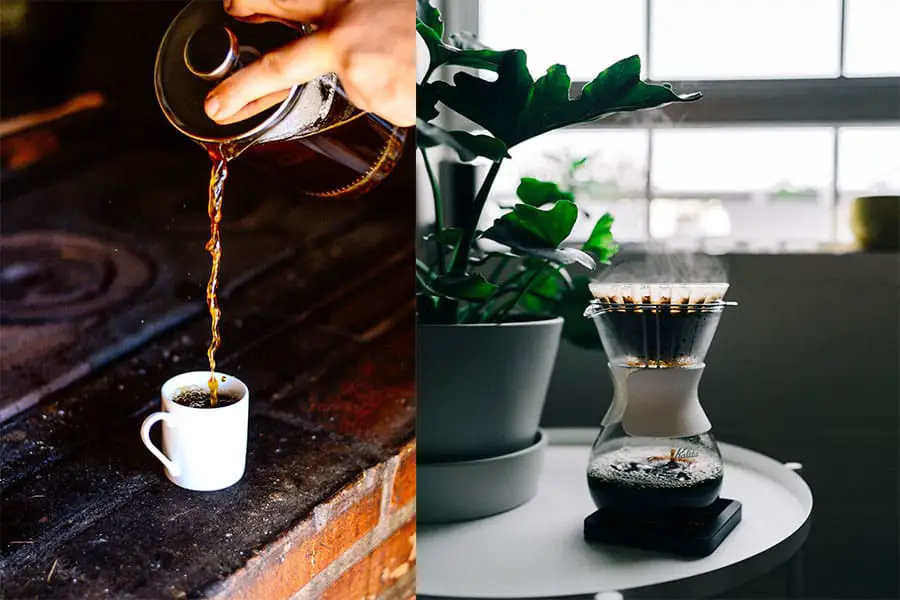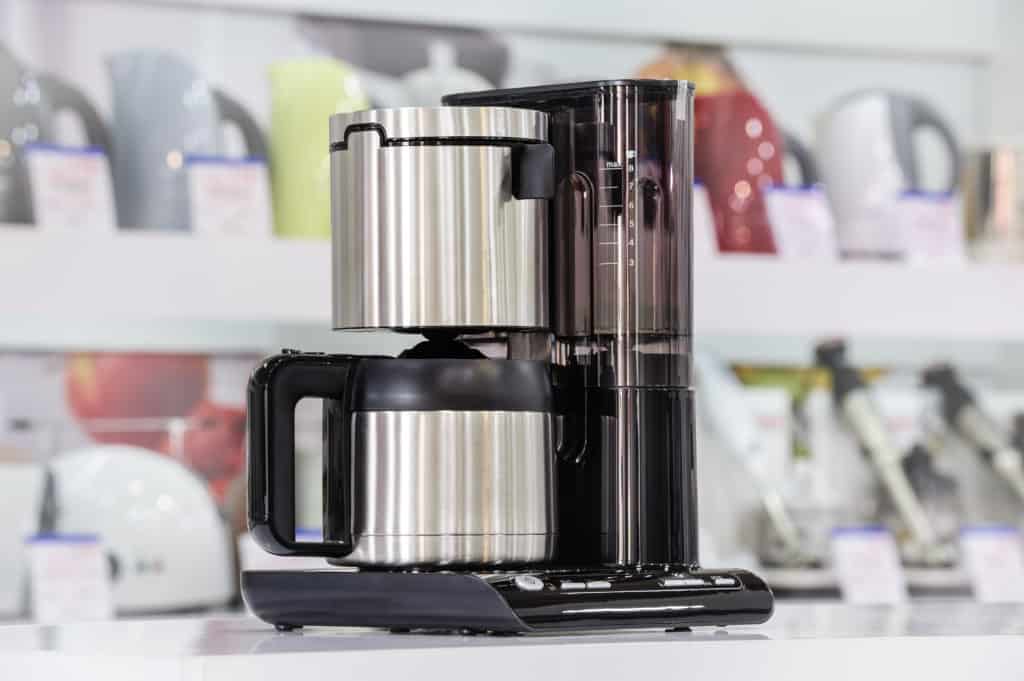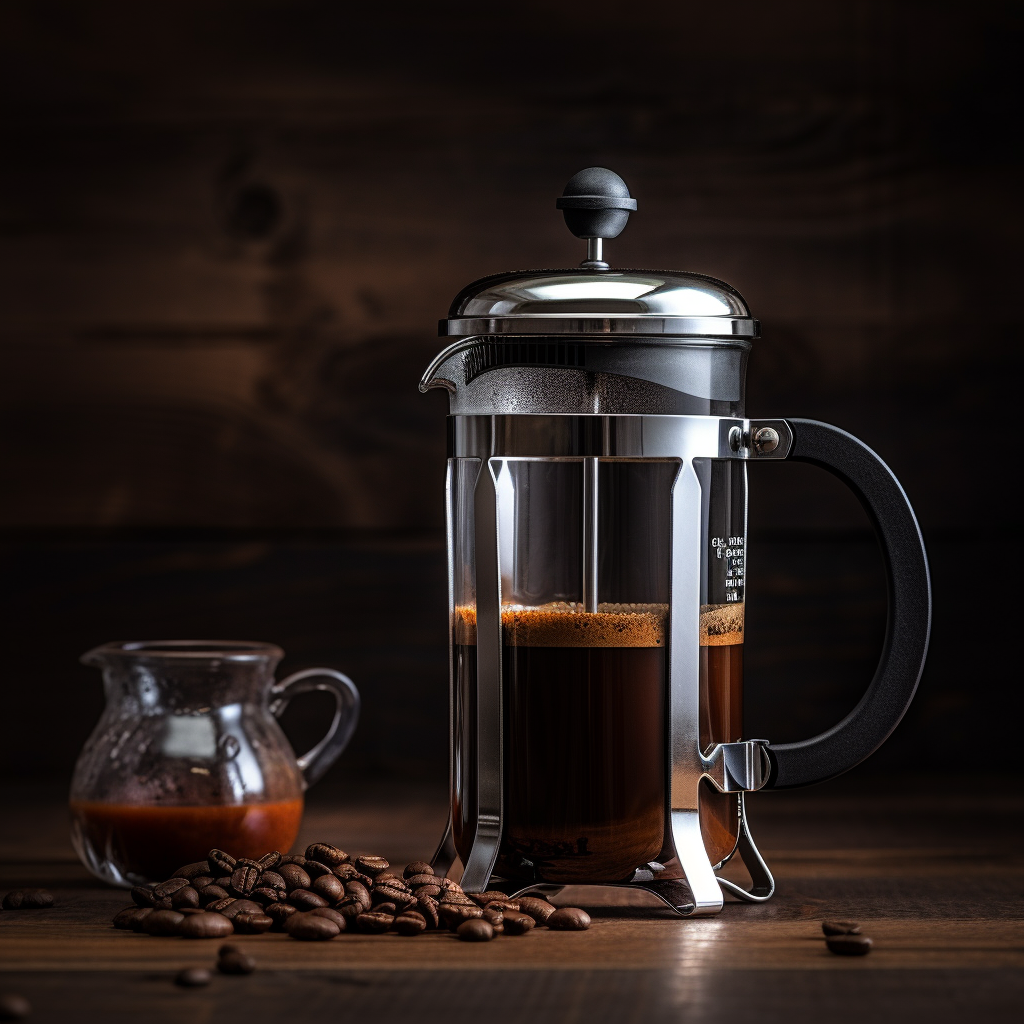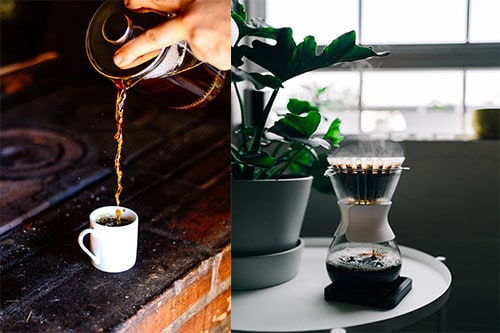
Coffee isn’t just coffee—its flavor hinges on a web of variables, from bean origin to grind size to brewing method. If you’re a coffee enthusiast chasing the perfect cup, understanding these nuances is key. Today, we’re diving into two popular brewing methods—French press coffee and drip coffee—to uncover how they shape your morning brew. Whether you prioritize bold taste, convenience, or control, this guide breaks down the differences, pros, and cons to help you decide which method reigns supreme.
Why Brewing Methods Matter
Coffee’s taste isn’t just about the beans—it’s about how you brew them. French press and drip coffee represent two distinct approaches, each with its own impact on flavor, texture, and effort. French press steeps grounds in water for a rich, oily cup, while drip coffee filters water through grounds for a cleaner, lighter result. Let’s explore what sets them apart and how they fit into modern coffee culture.
Brewing methods have become a playground for coffee lovers seeking to unlock their beans’ full potential. With tools like precision kettles and smart scales now widely available, both French press and drip coffee offer ways to highlight subtle notes—like fruity acidity or nutty undertones—depending on your setup.
The rise of specialty coffee subscriptions delivering beans from places like Ethiopia or Colombia means your choice can transform a generic roast into a standout sip. Whether you’re brewing for comfort or curiosity, the method you pick shapes more than just your cup—it shapes your coffee experience.
What Is Drip Coffee?

Drip coffee is the workhorse of coffee brewing, likely the method you’ve seen in diners, offices, and homes worldwide. At its core, it’s simple: hot water passes through ground coffee held in a filter, dripping into a carafe or cup below. But don’t let its familiarity fool you—drip coffee’s quality varies widely based on technique and equipment.
How It Works
- Automatic Drip: The most common type, these machines heat water and pour it over grounds in a paper or mesh filter, producing 6–12 cups in minutes. Brands like Bonavita and Technivorm lead with advanced temperature control.
- Pour-Over: A manual alternative (e.g., Chemex, Hario V60), requiring you to pour water over grounds yourself for precision and flavor finesse.
Key Factors for Great Drip Coffee
- Water Temperature: Experts recommend 195°F–205°F (just off boiling) for optimal extraction. High-end drip machines often offer adjustable settings.
- Grind Size: Medium grind (like table salt) works best—too fine clogs filters, too coarse under-extracts.
- Coffee-to-Water Ratio: Start with 2 tablespoons per 6 oz of water, tweaking to taste.
- Brew Time: Aim for 4–6 minutes; coarser grounds need longer, finer ones less.
- Filter Type:
- Paper: Thick, high-quality filters (e.g., Melitta) trap sediment but reduce oils.
- Mesh: Reusable metal filters let oils through for richer flavor, requiring a burr grinder for coarse, even grounds.
Modern Drip Coffee Trends
Newer drip machines—like the Bonavita BV1900TS—feature precise temperature control and bloom cycles (pre-wetting grounds for better extraction), closing the gap with manual methods. Coffee pros still favor pour-over for its hands-on appeal, but automation keeps gaining ground.
Drip coffee’s versatility makes it a staple across kitchens and cultures, adaptable to both high-tech gadgets and minimalist setups. For beginners, a medium-roast bean from Central America—like a Guatemalan blend—pairs well with drip’s clean profile, bringing out bright, balanced flavors.
If you’re diving into pour-over, mastering the slow spiral pour can feel like an art form, rewarding you with a cup that rivals café quality. Even basic machines benefit from filtered water—tap impurities can dull your brew’s shine—so consider a pitcher filter if you’re serious about taste.
What Is French Press Coffee?

French press coffee has surged in popularity, celebrated for its bold, full-bodied results. This manual method—using a simple glass or steel cylinder, plunger, and metal mesh filter—puts you in charge, delivering a brew that’s richer and oilier than drip.
How It Works
- Add coarsely ground coffee to the cylinder.
- Pour hot water (195°F–205°F) over the grounds.
- Steep for 3–4 minutes.
- Press the plunger to filter grounds, leaving a robust cup.
Key Factors for Perfect French Press
- Grind Size: Coarse (like coarse sea salt) prevents sediment; too fine makes it gritty, too coarse weakens flavor.
- Coffee-to-Water Ratio: Use 1–1.5 tablespoons per 6 oz of water, adjustable for strength.
- Water Temperature: 195°F–205°F, just below boiling, maximizes flavor without scorching.
- Steep Time: 3–4 minutes strikes the balance—shorter is weak, longer gets bitter.
French Press Today
Brands like Bodum remain favorites, with durable stainless steel models gaining traction for their heat retention and eco-friendliness. Specialty coffee shops often tout French press for showcasing single-origin beans’ complexity.
French press stands out as a timeless tool for coffee purists who savor the ritual as much as the result. Its hands-on nature lets you play barista—try a dark roast from Sumatra for a velvety, earthy finish that shines with this method. A burr grinder is your best friend here; blade grinders leave uneven particles that muddy the brew. If you’re new to it, don’t rush the plunge—press slowly to keep grounds settled, and pour immediately to avoid over-extraction. It’s a method that turns a quick coffee into a mindful moment.
French Press vs. Drip Coffee: The Core Differences
Here’s where these methods diverge:
- Brewing Process:
- Drip: Water flows through grounds via gravity, filtered by paper or mesh.
- French Press: Grounds steep in water, then separated by a plunger-pressed mesh.
- Flavor Profile:
- Drip: Cleaner, lighter, less oily due to filtering.
- French Press: Bolder, richer, with more oils and sediment.
- Control: Drip relies on machine settings or pour-over skill; French press offers full manual tweakability.
Comparison Table: French Press vs. Drip Coffee
| Aspect | Drip Coffee | French Press |
|---|---|---|
| Brew Method | Water drips through filter | Grounds steep, plunger filters |
| Grind Size | Medium (table salt) | Coarse (sea salt) |
| Brew Time | 4–6 minutes | 3–4 minutes |
| Flavor | Clean, light, less oily | Bold, rich, oily |
| Batch Size | 1–12 cups | 1–4 cups typically |
| Equipment Cost | $20–$200 (machine-dependent) | $20–$50 (basic press) |
| Ease of Use | High (automatic), moderate (manual) | Moderate (manual) |
| Cleanup | Filters to toss, carafe to rinse | Grounds to scoop, press to wash |
These differences aren’t just technical—they reflect your coffee lifestyle. Drip’s scalability suits busy homes or social brunches, churning out cups with minimal fuss. French press, though, caters to the solo sipper or small crew who relish tweaking every detail—think of it as coffee’s DIY project.
The equipment itself tells a story: a drip machine might dominate your counter, while a sleek French press slips into a cupboard. If you’re torn, consider your patience—drip delivers fast, but French press rewards those who linger over the process.
Pros and Cons: French Press vs. Drip Coffee
Both methods shine in different scenarios—here’s a breakdown.
Drip Coffee
Pros:
- Convenience: Automatic machines brew fast and fuss-free—ideal for busy mornings or offices.
- Batch Brewing: Perfect for groups (up to 12 cups).
- Consistency: Reliable results with minimal effort, especially with smart machines.
- Cleaner Taste: Filters remove sediment for a smooth sip.
Cons:
- Less Control: Basic machines limit temperature and timing adjustments.
- Flavor Trade-Off: Filters strip oils, muting complexity.
- Waste: Paper filters add up (unless you go reusable).
French Press
Pros:
- Rich Flavor: Oils and fine particles create a robust, aromatic cup.
- Customization: Control grind, steep time, and ratio for your perfect brew.
- Eco-Friendly: No disposable filters—just a reusable press.
- Affordable: Quality presses (e.g., Bodum) cost less than high-end drip machines.
Cons:
- Effort: Manual process takes time and cleanup (scooping wet grounds).
- Sediment: Coarse grind still leaves some grit, not ideal for everyone.
- Small Batches: Best for 1–4 cups, not big gatherings.
The pros and cons boil down to trade-offs between ease and experience. Drip’s reusable mesh filters are a green compromise, but they demand regular cleaning—think of it as a chore swap for less trash. French press, with its no-filter design, skips waste entirely, though wet grounds can stick like glue if you don’t rinse right away.
For flavor chasers, drip’s reliability pairs well with flavored blends (vanilla, anyone?), while French press unlocks the soul of a single-origin roast. Your choice might hinge on how much elbow grease—or eco-guilt—you’re willing to handle.
Taste Test: How They Stack Up
- Drip Coffee: Crisp and bright, it highlights acidity—great for lighter roasts or flavored beans. Think of it as coffee’s “easy listening” track.
- French Press: Deep and intense, it amplifies body and oils—perfect for dark roasts or single-origin beans with bold notes. It’s the “rock anthem” of coffee.
Baristas note French press excels with fresh, high-quality beans, while drip suits pre-ground or casual sipping.
Taste preferences often split along personality lines—drip’s clarity appeals to those who like a subtle wake-up, while French press’s heft suits bold flavor fans. Try a light Kenyan roast with drip to catch its citrus zip, or steep a Brazilian bean in a press for a chocolatey punch. Pro tip: brew both black first to judge their true profiles—adding cream can blur the lines. If you’re hosting a tasting, serve them side-by-side; it’s a fun way to spark debate and find your coffee soulmate.
Which Should You Choose?
Your pick depends on your priorities:
- Speed & Simplicity: Go for drip coffee. A machine like the Bonavita BV1900TS (around $150 on Amazon) offers precision and ease—ideal for rushed mornings or serving a crowd.
- Flavor & Control: Choose French press. A Bodum Chambord (about $40) gives you mastery over every variable, rewarding experimentation with a standout cup.
Decision Chart: Your Coffee Personality
| If You… | Choose This |
|---|---|
| Want quick, no-hassle coffee | Drip Coffee |
| Love tweaking your brew | French Press |
| Need coffee for a group | Drip Coffee |
| Crave bold, oily flavors | French Press |
| Prefer a clean, light sip | Drip Coffee |
| Hate waste and love eco-options | French Press |
Picking between French press and drip might come down to your daily rhythm—or your wallet. Drip machines span a wide price range, from budget models under $20 to premium ones with bells and whistles topping $200. French press stays leaner on cost, though a good grinder ($50–$100) levels the investment if you’re grinding fresh. If you’re a weekend tinkerer who loves a bold brew, French press fits; if you need coffee on autopilot for workday chaos, drip’s your wingman. Split a bag of beans with a friend and test both—your taste buds will thank you.
Final Thoughts
French press vs. drip coffee isn’t about “better”—it’s about what’s better for you. Drip coffee shines for its convenience and consistency, boosted by smarter machines. French press wins for flavor depth and hands-on appeal, a favorite among coffee purists. Test both with your favorite beans—maybe a Costa Rican single-origin—and see which sparks your joy.

